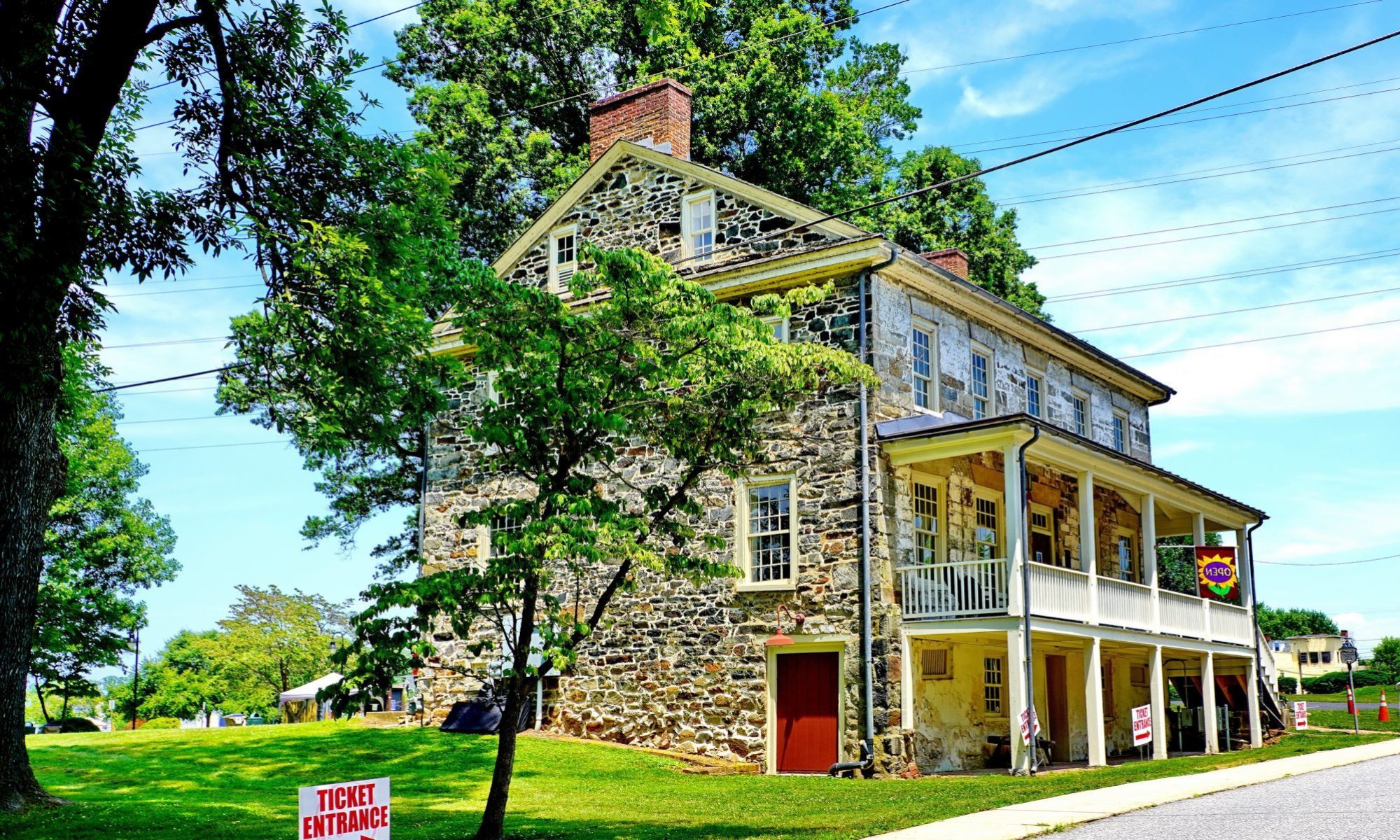In the era before modern consolidated schools were constructed in Cecil County, most small communities had a school serving youngsters from within a few miles of the village or hamlet. Thus, there were several dozen all across the county, serving practically every hamlet and village.
Since this was the era of segregation and Jim Crow, there were also separate places for African-American pupils. The county reported in 1921 that there were 16 schools serving these communities.
A few of these structures have survived into the 21st century. One is the “colored school” in Elk Neck, located across the road from the St. Mark’s AUMP Church.
Historically, across the nation, these two institutions have served as the cornerstones of small communities, serving residents’ spiritual, social, and educational needs.
Elk Neck had a thriving African-American community and the church and school were central to it. A few fragments of its history exist in elusive traces published in newspapers and land records. For example, an Elkton newspaper in 1888 reported that Messrs Jackson & Patterson were making arrangements to build the colored school in Elk Neck (Cecil Whig, Aug 4, 1888).

This was about when the worshipers at St. Mark’s AUMP Church opened its new house of worship.
In 1910 the paper reported that the schools of the county would open on Monday, Sept. 5, excepted “for the colored schools at Elk Neck, North East and Richardsmere, which for lack of attendance due to canneries, etc., will not open until Monday, October 3.” (Cecil Whig, Aug 13, 1910)
In 1916, Mrs. Charles Larue of Porter’s Bridge was “appointed teacher of the colored school in Elk Neck, the former teacher having resigned (Cecil Whig, Nov. 18, 1916).
For the 1921 school year, Miss Beatrice Holland, North East, was the teacher (School Commissioners Report)
For additional photos see this album on Facebook
SOURCES
* Cecil County Board of School Commissioners, Listing of Schools, 1921
* Cecil Whig, Nov. 18, 1916
* Cecil Whig, Aug 04, 1888
* Cecil Whig, Aug. 13, 1910

You list a colored school in Calvert. Do you know where that school was located?
Clay, I think it was on Trinity Church Road in the vicinity of Trinity AUMP Church.